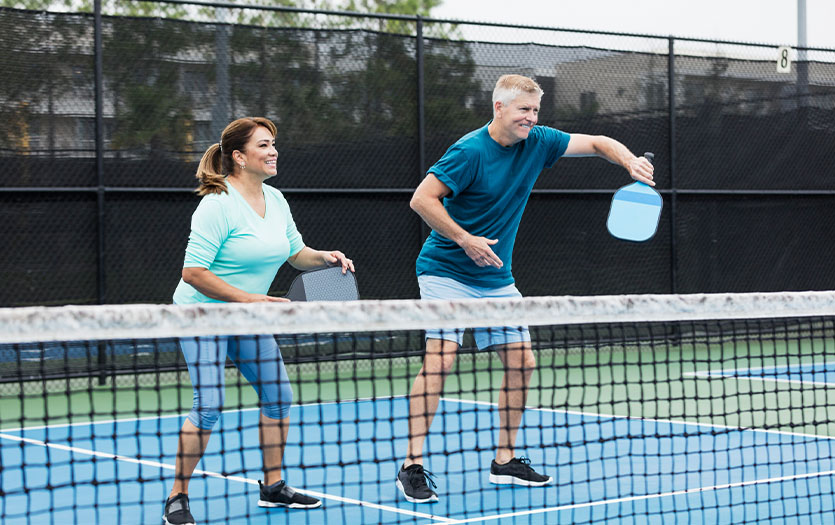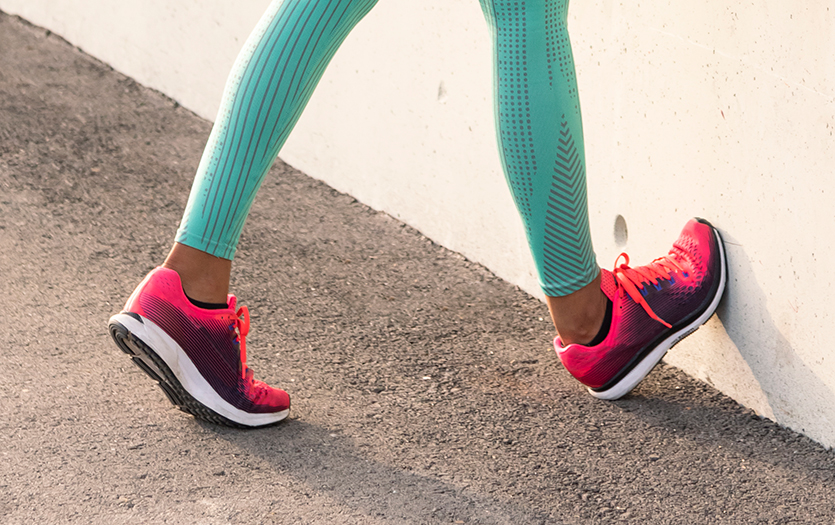The Winter Games have us feeling motivated to try something new. Candice Dunkin, MS, LAT, ATC, manager athletic training, Parkview Sports Medicine, shares her thoughts on a popular winter pastime that requires fresh powder, an engaged core and plenty of balance: snowboarding.
Snowboarding has gained popularity in recent years for its thrills and epic scenery, but the activity also deserves notoriety for its impressive health benefits. This aerobic hobby offers a great alternative to a cardiovascular workout and burns up to 450 calories per hour. That’s about the same number of calories as roller blading for an hour in the summer.
Snowboarding utilizes all of the major muscle groups, specifically your core, quadriceps and hamstrings. Your core muscles strengthen as they assist in balancing on the board. Your leg muscles work constantly to help you ride the board and get down the mountain. It also works out some of the muscles you may not use as often, including those in your feet and ankles, which help you steer the snowboard. It can also be an upper body strengthening activity, as you will use the muscles in your shoulders and arms to balance while riding and to help you up should you happen to fall.
Snowboarding is also a great way to increase flexibility, since you have to change directions and speed frequently and suddenly, and it will help with your concentration, as having to focus on your surroundings while snowboarding forces you to pay close attention to several factors at the same time.
Like many outdoor activities, snowboarding can improve your mood as well. Studies have shown that exercising outdoors can lead to reduced anxiety, elevated mood and lower stress. So not only will you be staying in shape and building muscle, your well-being and happiness might improve as well.
If you are going to try snowboarding, it may be a good idea to take a lesson or two, and wear a helmet. Elbow, knee and wrist guards are also good ideas as you are learning the techniques involved. Start off slow and, with practice, you will be going down steeper and more challenging slopes and building muscles in your legs and core before you know it.



